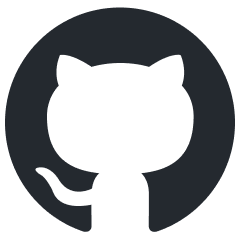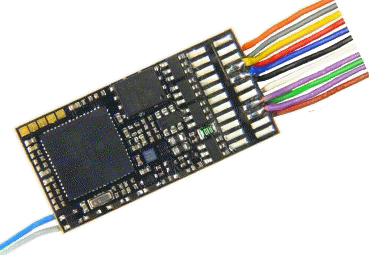- ZIMO Home
- Sound Design
- ZCS
- ZIMO GURU (FAQ)
- Links zu Partner Websites
|
"Swiss Mapping" –
Software version 31.0 brings to all ZIMO loco decoders (except the MX621) some innovations, several corrections and these improvements for the sound decoder * A new
algorithm for switch control units, in order to
play back rapid switching in electric locos, and, of course, the new "Swiss Mapping", |
|||||||||||||||||||||||||||||||||||||||||||
|
which of course is not limited to Switzerland. but It is rather a light mapping for various countries and railway companies. This new mapping is... > a very flexible tool for assigning functional outputs (function keys F0, F1, F2,...), which far exceeds the requirements of simple "Engine and 2 or 4 lamp" - applications as it goes far beyond that. > a supplement to the standard NMRA mapping, and also the other existing ZIMO extensions tailored specifically to the needs of locomotive lighting. > designed for ZIMO decoders and sound decoders with many function outputs (in particular MX632, MX633, MX644, MX645, each with 8 to 10 outputs). The stimulus for the development of the "Swiss mapping" was to operate the actual equipment of a high-volume r-t-r model of a Swiss Railway (SBB) locomotive. Therefore it is shown at this point what can be done using the "Swiss Mapping" as applied to this SBB locomotive, The lighting configuration is selected via the function keys F0 and F15 keys ... F19 (generally on/off), and the actual lights displayed depends on the direction (see the chart on the right). The configuration of the "Swiss mapping" is done by several CV-groups (up to 10), each consisting of 6 CV's, starting from CV #430. The first CV in the group contains the number of a function key (F0, F1, F2, ..), and the other CVs specify which outputs (FA1, FA2, ..) will to be switched with this key: These are the basic principles. In actual practice, there are "some details" in order to actually produce the desired lighting conditions. Moreover, the dependencies on the running state can be defined (at standstill, moving forward, reverse), with special effects like flashing and dimming enabled, etc. See more information in the ZIMO Newsletter for September 2012, and the manual for the decoder (new issue soon). |
|
||||||||||||||||||||||||||||||||||||||||||
|
<<< | ||||||||||||||||||||||||||||||||||||||||||
| 2012-10-23 | |||||||||||||||||||||||||||||||||||||||||||







